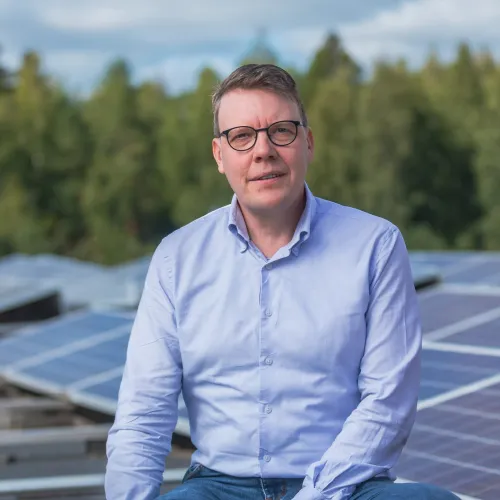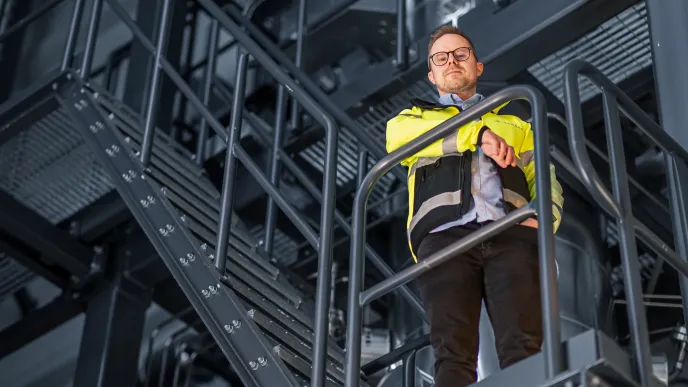Power-to-x can be used to manufacture synthetic fuels to replace fossil ones. You only need carbon dioxide from the atmosphere and hydrogen from water or nitrogen from the air around you. The process utilizes emission-free solar or wind power produced on-site. The outcomes include final products such as methane, methanol, dimethyl ether and ammonia, which are widely used fuels and chemical industry raw materials. Some of them could even be used for marine or road transport through existing distribution systems.
LUT University has conducted research on synthetic fuels for years and launched a larger-scale project called NeoCarbon Energy in 2014 in collaboration with the Finnish research institute VTT. The project’s results are now being commercialized.
"Synthetic fuels are important in detaching transport from fossil fuels – biomass-based solutions aren’t sufficient," says Jero Ahola, LUT’s professor of energy efficiency in electricity-driven systems.
Power-to-x produces synthetic fuels and protein from air, water and green electricity
Electricity use makes hydrogen production with electrolysis costly, but LUT has achieved promising research results on increasing the energy efficiency of the process. However, profitable industrial production requires easy access to raw materials.
Carbon capture from the atmosphere is an area of P2X that has already been widely studied and helps curb global warming. Especially carbon dioxide emissions from industry hold great potential as a raw material resource for the carbon-neutral production of materials such as synthetic fuels.
Power-to-x technology is also applicable to food production. Ahola says you only need one cell that feeds on hydrogen and carbon dioxide to grow edible protein. LUT has already produced protein-rich cellular mass with renewable energy in collaboration with VTT.
”We need food production solutions that aren’t affected by weather conditions and don’t require cutting down trees to make way for field crops, and we have one right here,” remarks Ahola.
More information:









